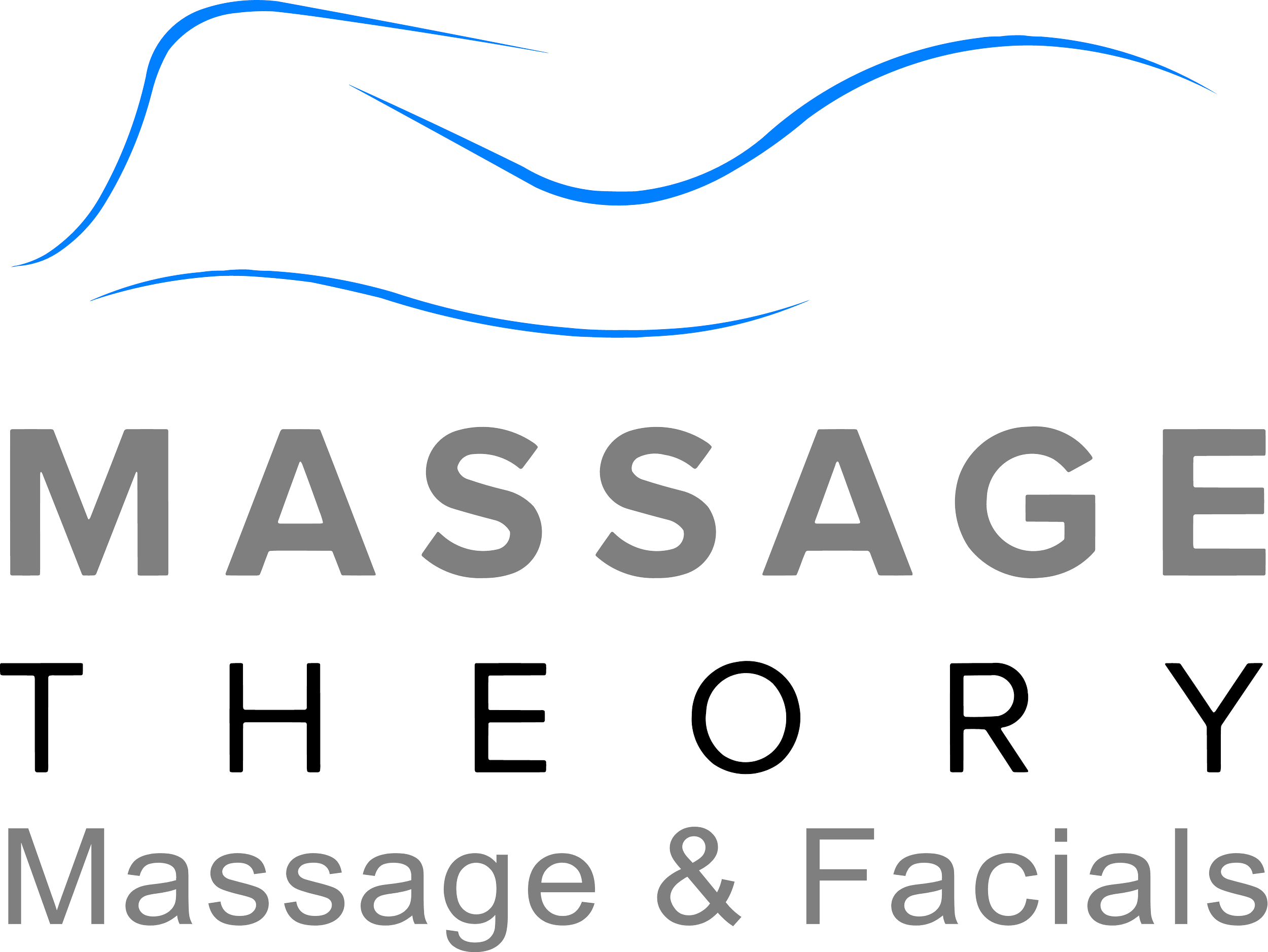Massage Therapy for Desk Workers: Benefits and Effective Techniques
In today's demanding work environment, desk workers often face unique physical and mental challenges stemming from long hours of sitting and repetitive motion. Massage therapy can significantly alleviate the common pains and strains associated with desk jobs, enhancing both physical well-being and productivity. Techniques like Swedish massage, deep tissue manipulation, and trigger point therapy specifically target tension areas, improving circulation and flexibility.
Your posture while sitting or standing at a desk contributes immensely to how your body feels at the end of the day. Bad ergonomics can lead to discomfort and pain, but regular massage can counteract these effects by promoting relaxation and repairing muscle imbalances. This not only helps reduce stress but also boosts the release of feel-good hormones, providing a much-needed mental break.
Integrating massage therapy into your routine can be a game-changer for your overall health and workplace efficiency. By addressing issues such as stiffness and reduced range of motion, massage therapy helps you maintain better posture and keeps your body in optimal working condition. This holistic approach leads to a more productive and fulfilling work experience.
Understanding the Impacts of Desk Jobs on Body and Mind
Desk jobs often lead to various musculoskeletal issues and mental health challenges due to prolonged sitting and poor ergonomics. Addressing these concerns can help improve overall well-being, flexibility, and reduce discomfort.
Ergonomics and Posture Pitfalls in Desk Work
Poor posture and suboptimal ergonomics are common in desk jobs, leading to muscle tension, stiffness, and chronic pain. Sitting for long hours strains your lower back, neck, and shoulders, resulting in conditions like lower back pain and neck pain. Carpal Tunnel Syndrome can develop from extended computer use and improper wrist alignment.
To combat these issues, it’s essential to set up your workstation correctly. This includes adjusting your chair height so your feet are flat on the ground, your monitor is at eye level, and your keyboard and mouse are within easy reach. Regular movement and stretching can further alleviate muscle tension and improve flexibility.
The Interconnection of Mental and Physical Health
The sedentary nature of desk jobs contributes to mental stress and anxiety. Prolonged sitting and lack of movement can cause fatigue and reduce mental clarity. Moreover, job stress and poor posture can exacerbate mental health problems, creating a cycle of physical and psychological discomfort.
Stress impacts your physical health by increasing muscle tension and decreasing movement, which can lead to stiffness and pain. To improve mental well-being, incorporate regular breaks, engage in stress-relieving activities, and maintain a balanced lifestyle. Addressing both physical and mental health needs is crucial for overall well-being.
Massage Therapy: Advantages and Techniques for Desk Workers
Massage therapy offers essential benefits for desk workers, such as alleviating tension, improving blood circulation, and enhancing overall well-being. Several massage techniques can be customized to address specific needs, and incorporating these therapies into the workplace can lead to significant improvements in employee health and productivity. Additionally, self-care strategies can help mitigate common desk-related issues.
Types of Massage and Their Benefits
Swedish Massage: This technique uses long, flowing strokes to promote relaxation and reduce muscle tension. It is effective in lowering cortisol levels, enhancing mood, and boosting energy levels.
Deep Tissue Massage: Ideal for chronic tension and muscle imbalances, deep tissue massage focuses on deeper layers of muscles. It helps release knots, improve range of motion, and reduce inflammation.
Trigger Point Therapy: By targeting specific trigger points, this therapy alleviates muscle pain and restores alignment. It is particularly beneficial for relieving headaches and neck pain.
Myofascial Release: This technique targets the connective tissues (fascia) to improve flexibility and mobility. It helps address muscle stiffness and enhance blood flow.
Chair Massage: Convenient for workplace settings, chair massage allows quick, targeted relief for common desk-related issues like back and neck pain. It can be seamlessly integrated into wellness programs.
Incorporating Massage into the Workplace
Implementing massage therapy in the workplace can significantly benefit employee health. Wellness programs that include regular massage sessions help manage stress, improve posture, and enhance overall productivity.
Corporate massages can be arranged with licensed massage therapists visiting the office regularly. This makes it easy for employees to receive treatment without leaving the workplace.
Ergonomic assessments can also be performed to identify potential issues contributing to discomfort. A combination of massage therapy and ergonomic solutions can address and prevent chronic pain and muscle imbalances.
Self-Care Strategies for Desk Workers
For those unable to access professional massage, self-care strategies are crucial. Stretching exercises can alleviate muscle tension and improve blood flow. Simple stretches targeting the neck, shoulders, and lower back can be particularly effective.
Self-massage techniques, such as using a massage ball or foam roller, can help release muscle knots and improve circulation. Implementing short breaks throughout the day to perform these techniques can prevent stiffness and discomfort.
Deep breathing and meditation practices promote relaxation and stress management. Incorporating these practices into your daily routine can enhance your mental and physical well-being.
Nutrition also plays a vital role in maintaining your health. A balanced diet supports energy levels and the immune system, aiding in overall recovery and healing. Avoiding long periods of sitting by taking short, frequent breaks can foster better posture and reduce strain.
